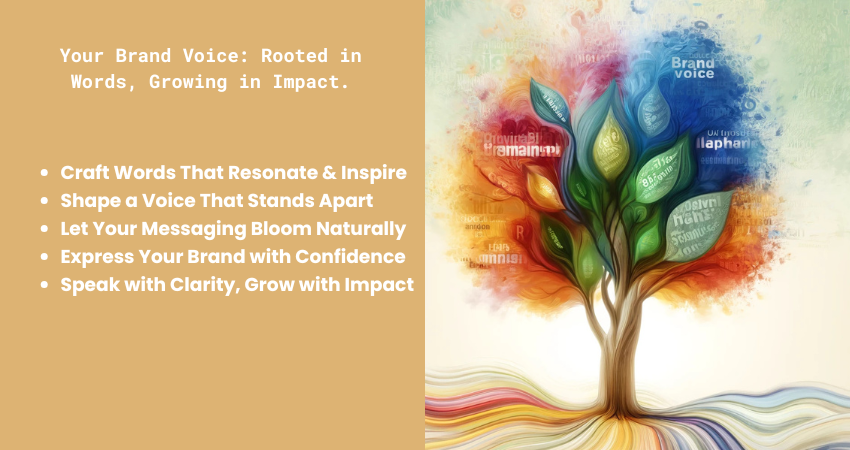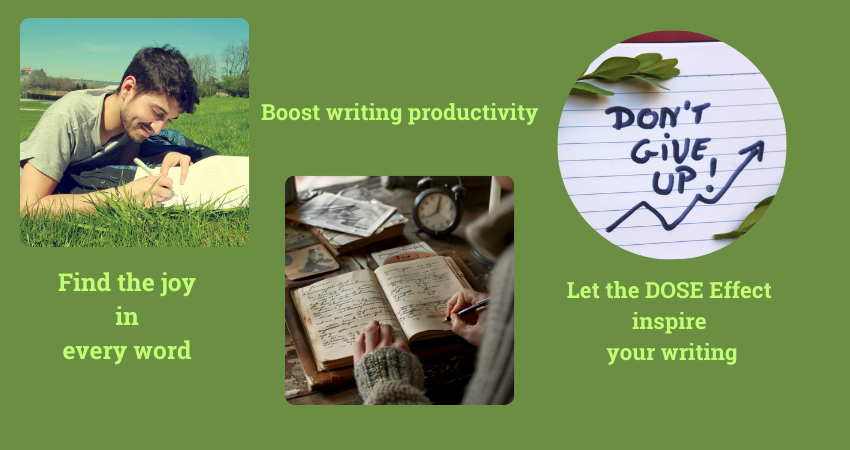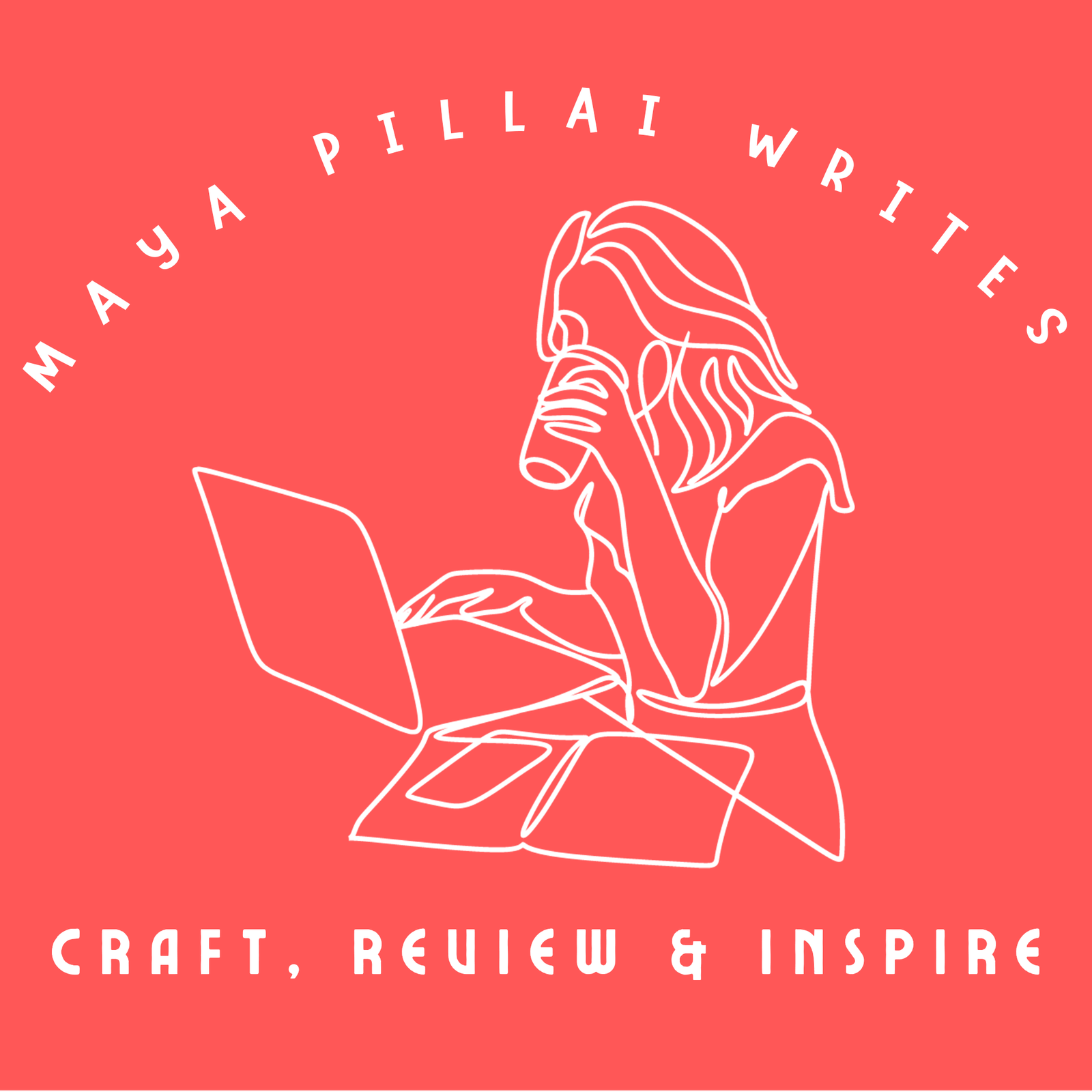How to Create Your Unique Brand Voice (Beyond Clichés and Stand Out)

Craft a brand voice that stands out—ditch clichés, embrace authenticity, and break industry norms to make your brand memorable and recognizable.
How to Tackle Long-form Content Writing using The Pomodoro Technique

Struggling with long-form content? Discover how the Pomodoro Technique can boost focus, improve productivity, and make writing effortless with structured work intervals and breaks.
5 ChatGPT Prompts to Create a Social Media Plan You’ll Actually Stick To

You started the year with big plans for social media—motivated and ready to be consistent. But then life got busy, and your strategy is now just another forgotten Google Doc. If showing up consistently feels like a struggle, you’re not alone. The good news? It doesn’t have to be this way. Using the right ChatGPT prompts, you can build a social media plan that feels natural and sustainable. No more random posts—just intentional, impactful content that connects with your audience.
How Daily Writing Transformed My Copywriting Skills

Mastering copywriting isn’t just about writing beautifully crafted sentences—it’s about connecting with readers and inspiring action. When I started my journey as a freelance long-copy writer, I struggled to balance creativity with strategic intent. But as I embraced daily writing and harsh editing, I learned the power of words to persuade, engage, and convert. This article shares my journey, lessons learned, and practical tips for mastering copywriting.
Amazon Listing Optimization: 7 Best Practices to Maximize Sales in 2025

Struggling to boost sales on Amazon? Optimizing your product listings is the key to standing out in a crowded marketplace. This guide covers 7 best practices for Amazon listing optimization in 2025, from mastering keyword research to leveraging A+ Content. Learn how to enhance visibility, improve conversions, and stay ahead of the competition. Implement these expert-backed strategies to maximize your Amazon sales today!
7 Golden Rules for Travel Writing Narratives (With Examples)

In a world brimming with travel stories, how can yours capture attention? The key is to uncover a unique perspective that offers readers something fresh. Instead of following the usual paths, immerse yourself in specific cultural traditions, share personal experiences, or delve into historical nuances that others might overlook. By asking, “What hasn’t been written about this place yet?” you can craft narratives that not only inform but also captivate and inspire your audience.
How Do You Maintain A Consistent Brand Voice Across Diverse Digital Channels

Discover how to create a consistent brand voice across digital channels. Learn strategies for maintaining brand identity, engaging audiences authentically, and refining messaging for long-term success. #BrandVoice
Holding On vs. Letting Go: The Silent Struggle We All Face

Letting go isn’t just about giving things away—it’s about releasing the weight we place on them.
When my yoga instructor tells me to let go after a posture, I do it effortlessly. But when my mother suggests giving away books I no longer read, I hesitate. Why is it so easy to release tension in my body but so hard to release the past?
The DOSE Effect: Boost Writing Productivity with Science-Backed Habits

Boost writing productivity with the DOSE Effect, a science-backed strategy that uses Dopamine, Oxytocin, Serotonin, and Endorphins to transform your writing habits into a fulfilling and rewarding experience.
Mindful Brand Messaging: Building Trust and Authentic Connections

Mindful brand messaging is the key to building trust and authentic connections with your audience. It goes beyond catchy slogans and focuses on clarity, empathy, and consistency to create meaningful relationships. By embedding mindfulness into brand messaging, businesses can enhance authenticity, foster emotional connections, and stand out in a crowded marketplace.
